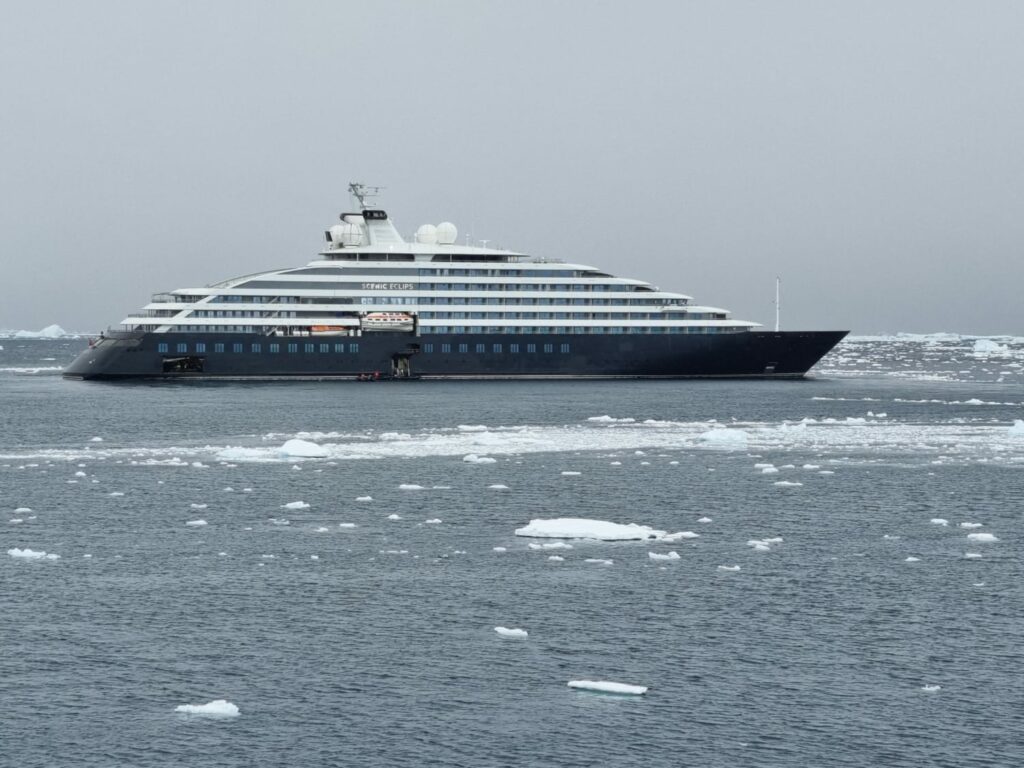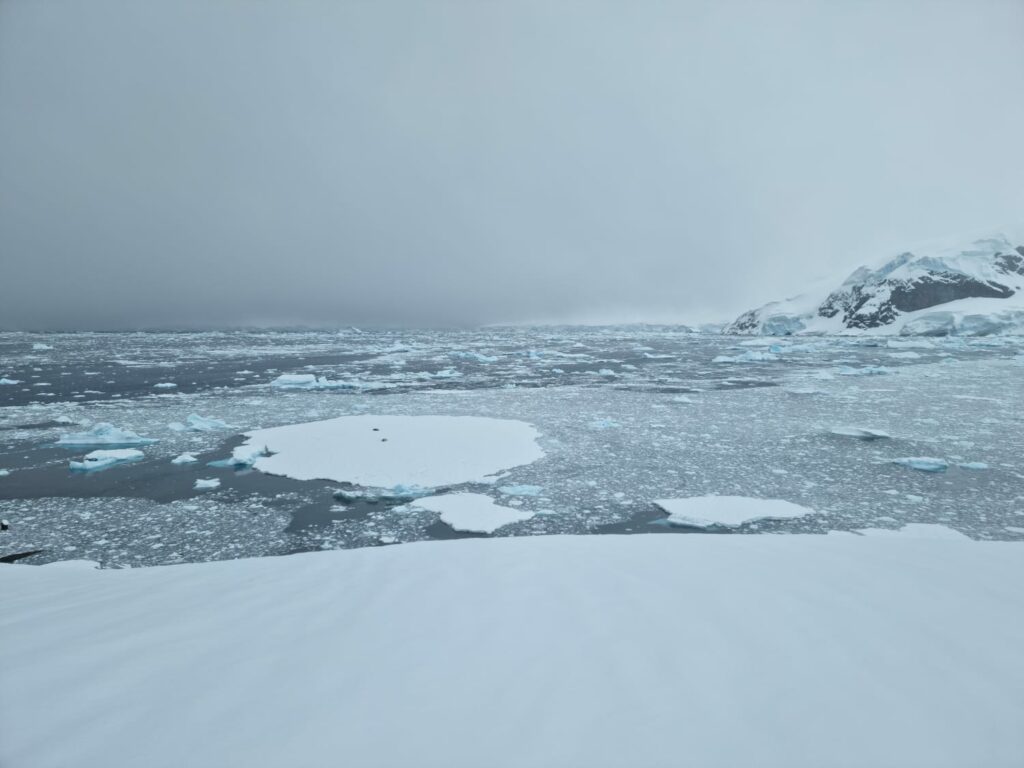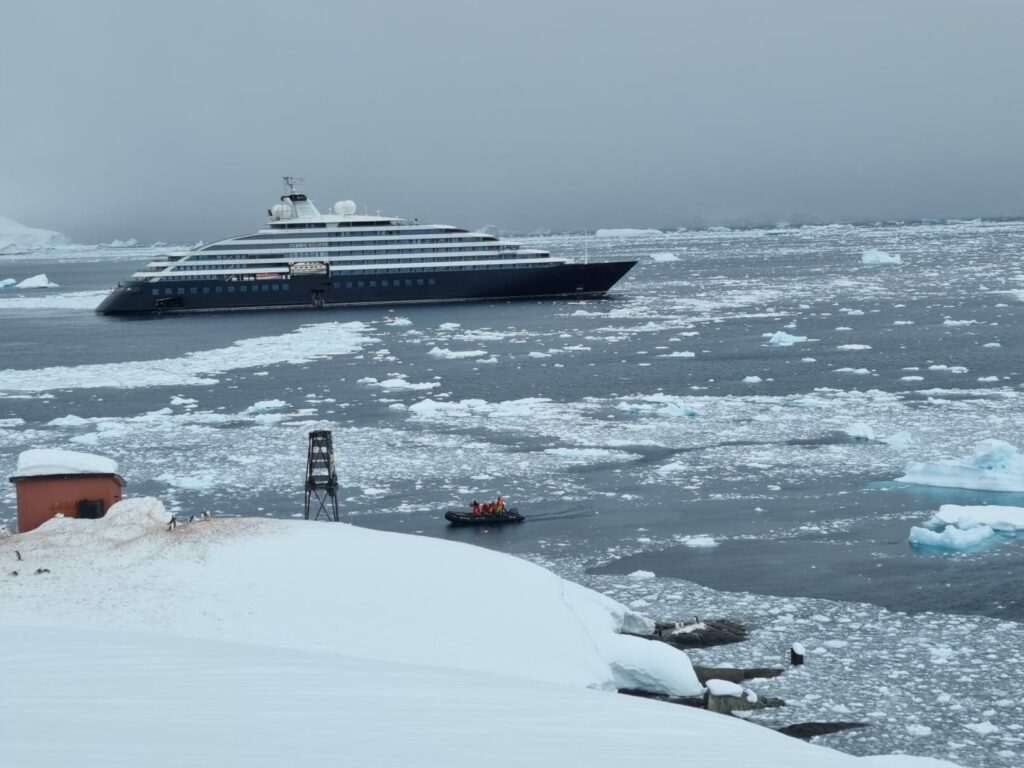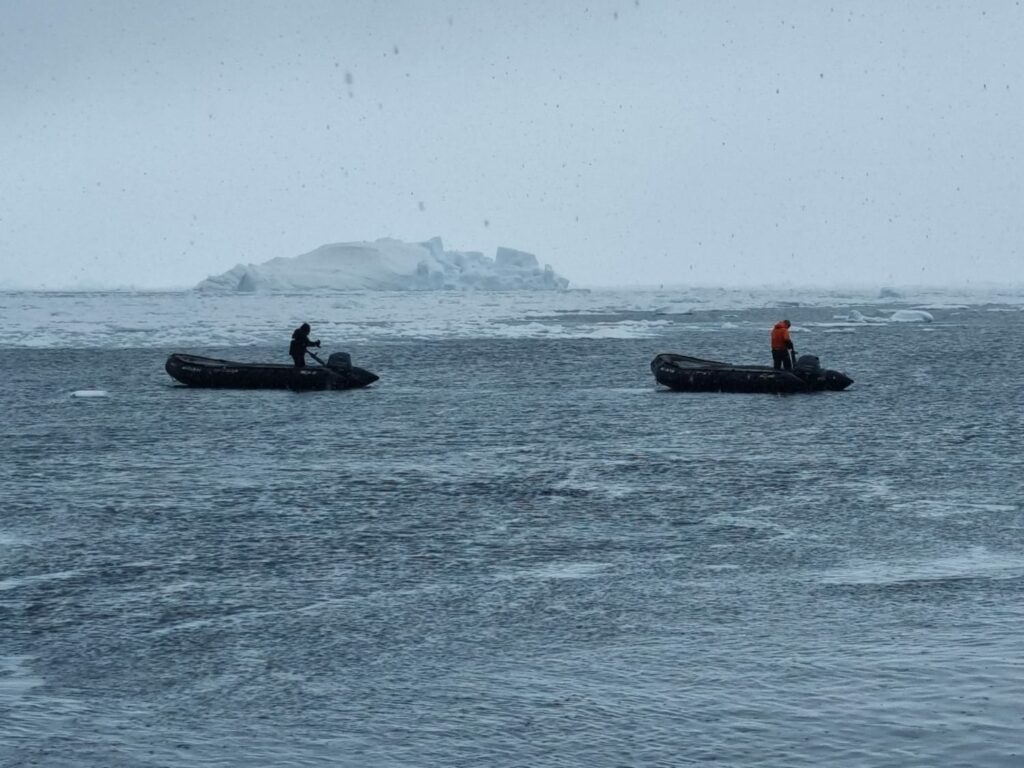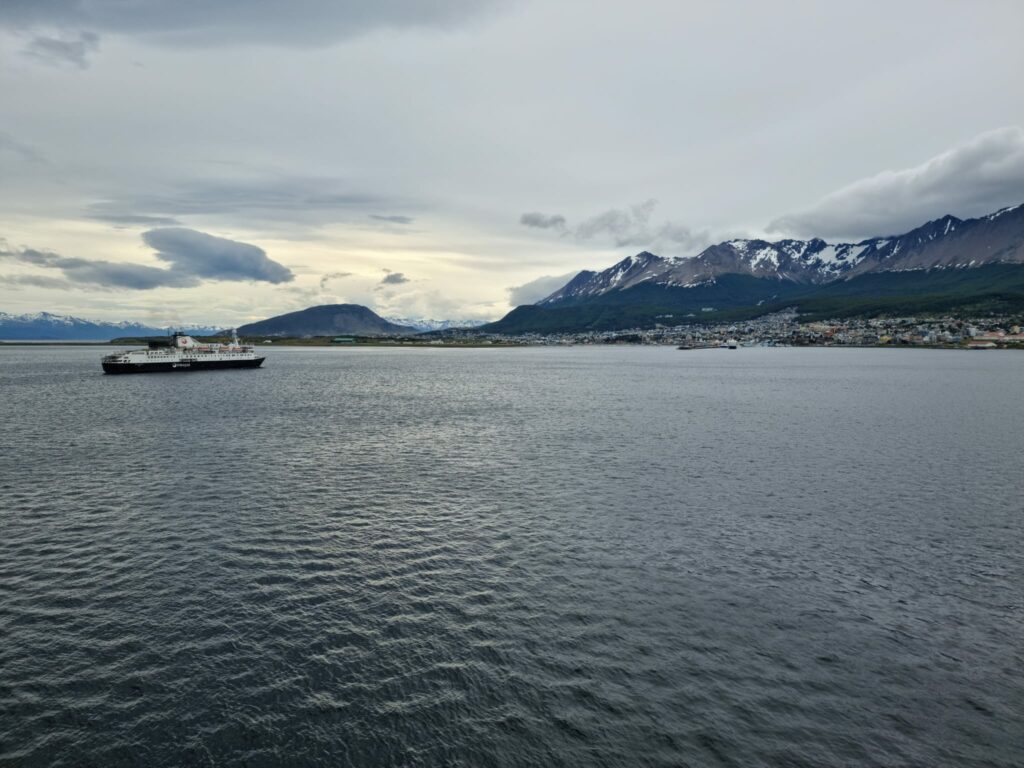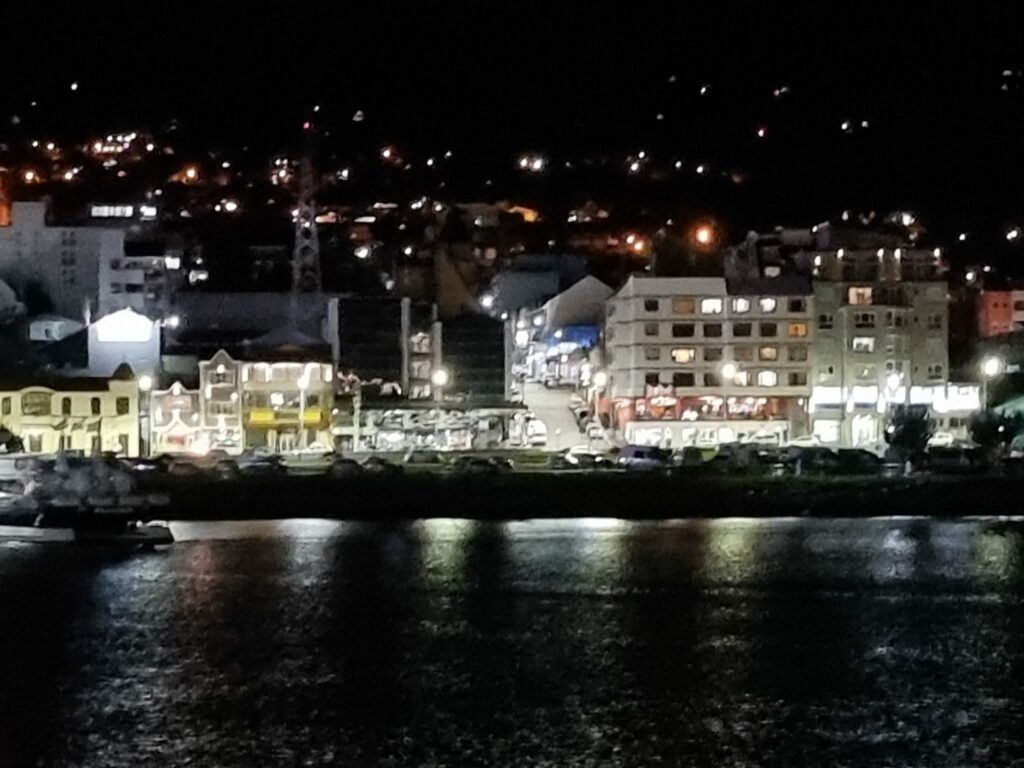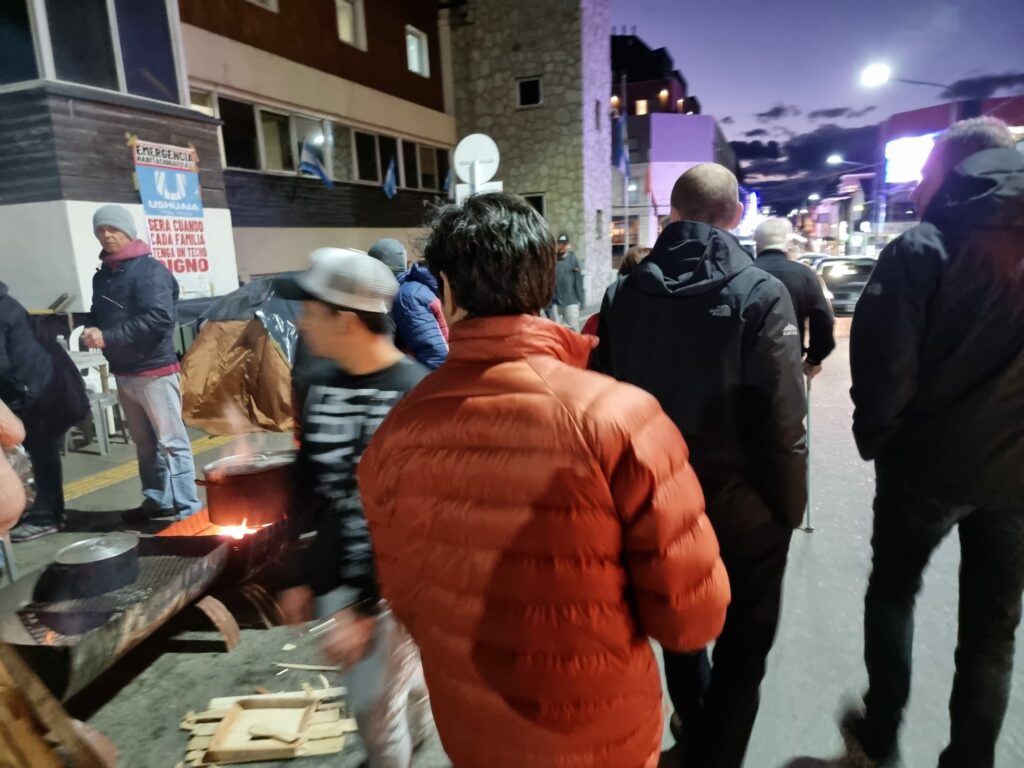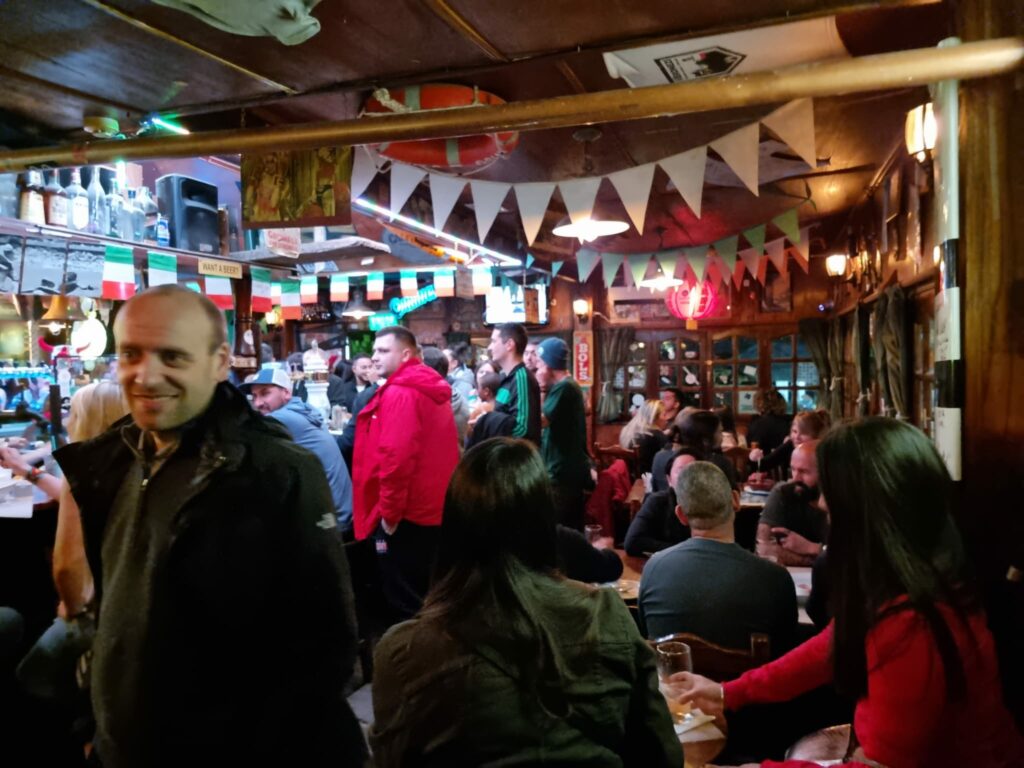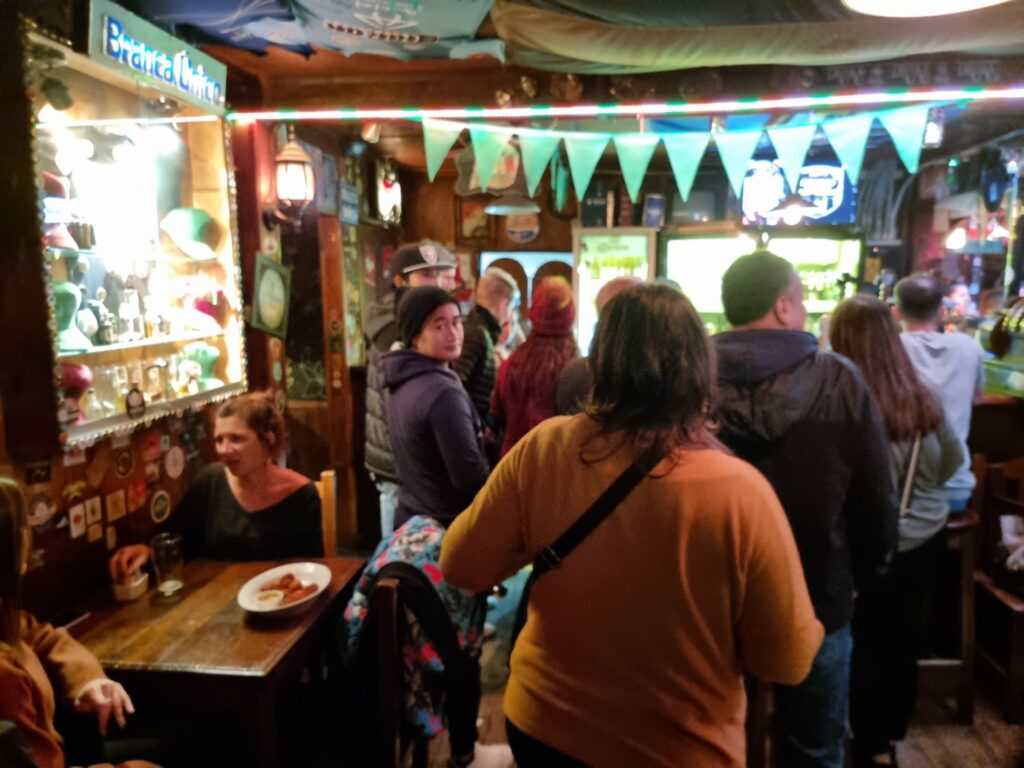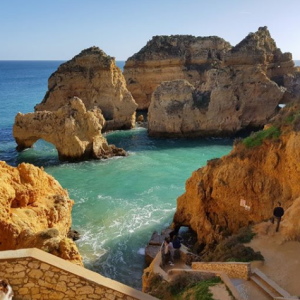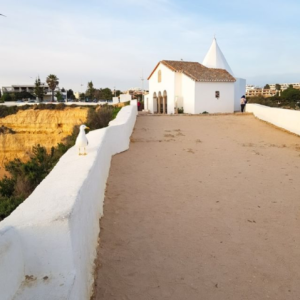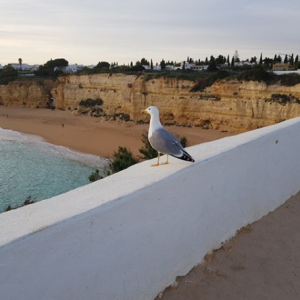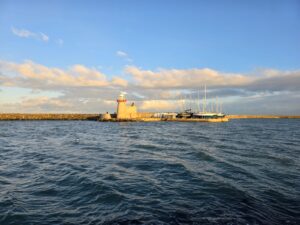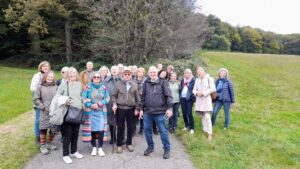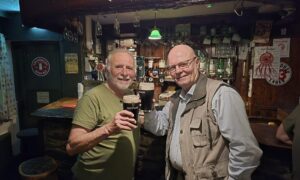The visits to the authorities in Germany and Lisbon, as well as the short stay in the Azores, were an essential part of the preparations for the coming months in Antarctica, for which I had signed on as the ship’s doctor. On 9 November, I set off in the morning from Santa Maria, via Ponta Delgada, the capital of the Azores on the largest island of São Miguel, and on to Lisbon, where there was first an overnight stop. The first flight the next morning took me to Madrid – a huge airport! There I began the long transatlantic flight to Buenos Aires, where I arrived late in the evening – with a time difference of five hours – a very long day! After a few hours, I had to continue to another airport in Buenos Aires to check in for Ushuaia. I arrived there on the morning of 11 November and immediately met some old friends.
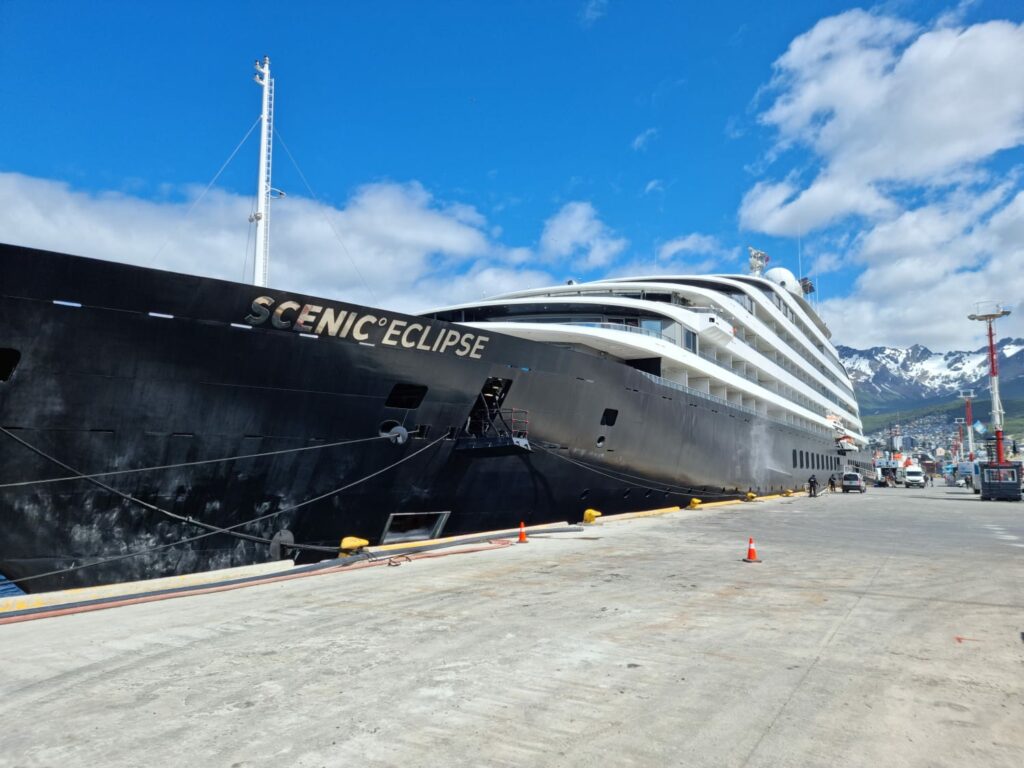
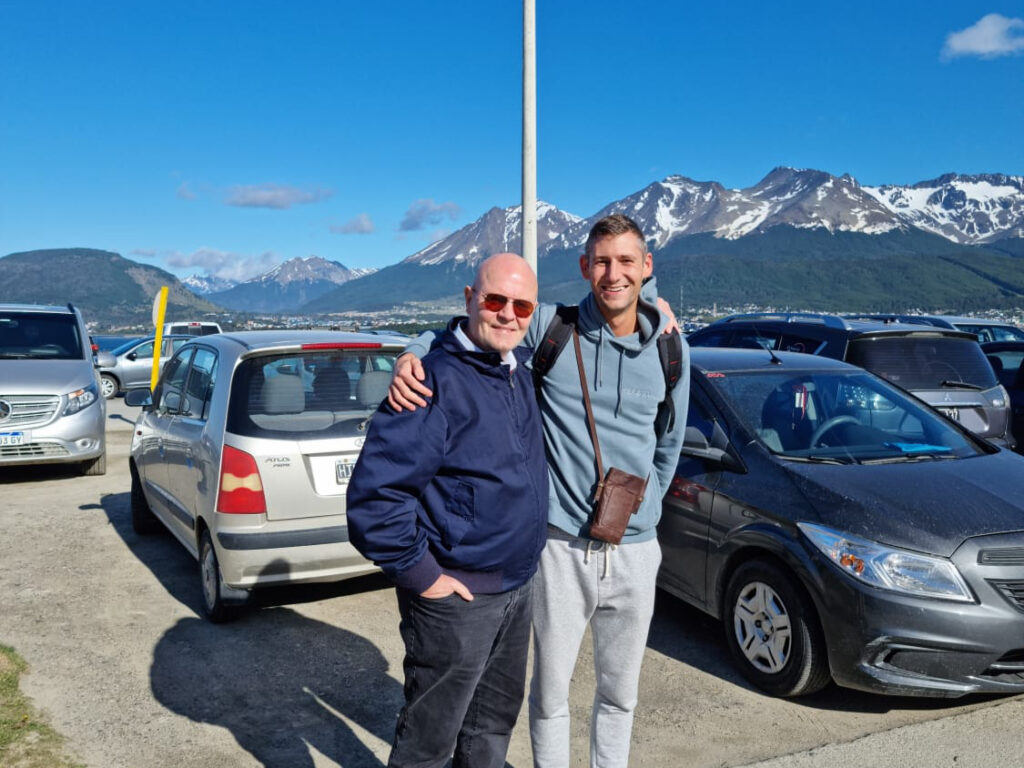
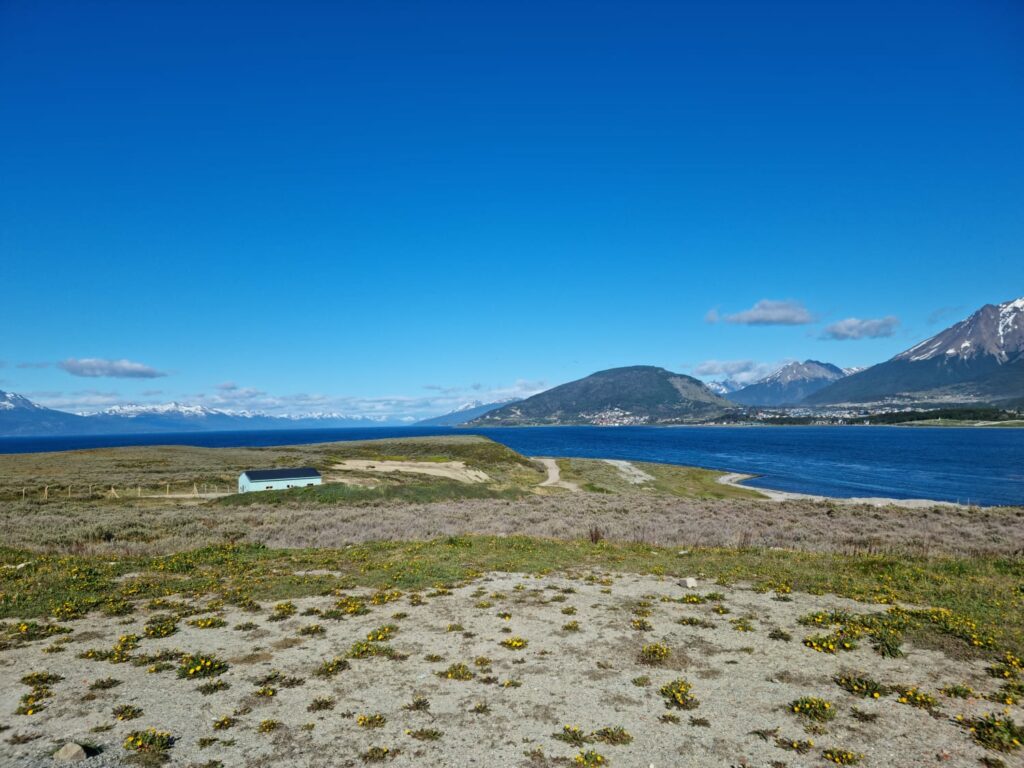
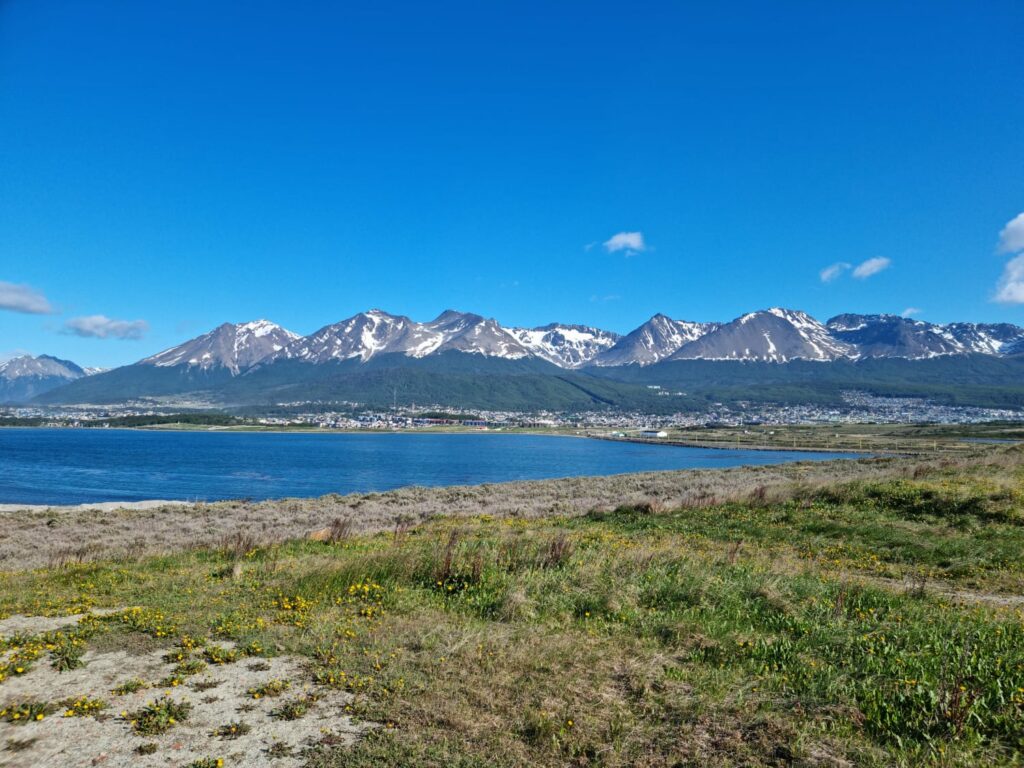
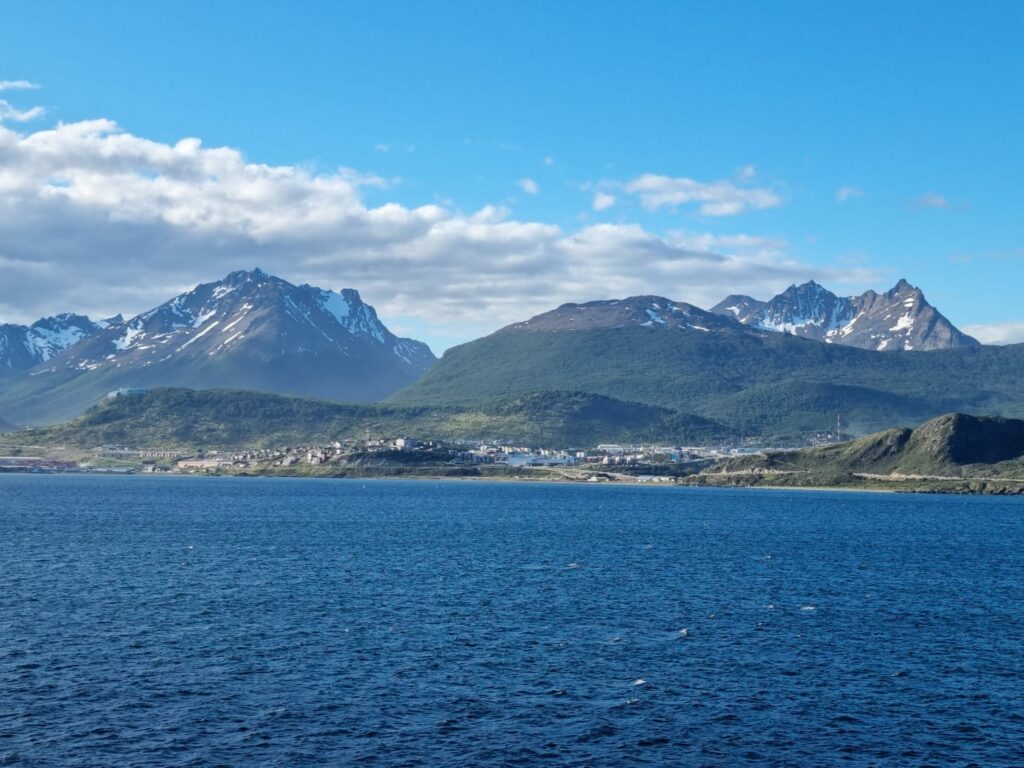
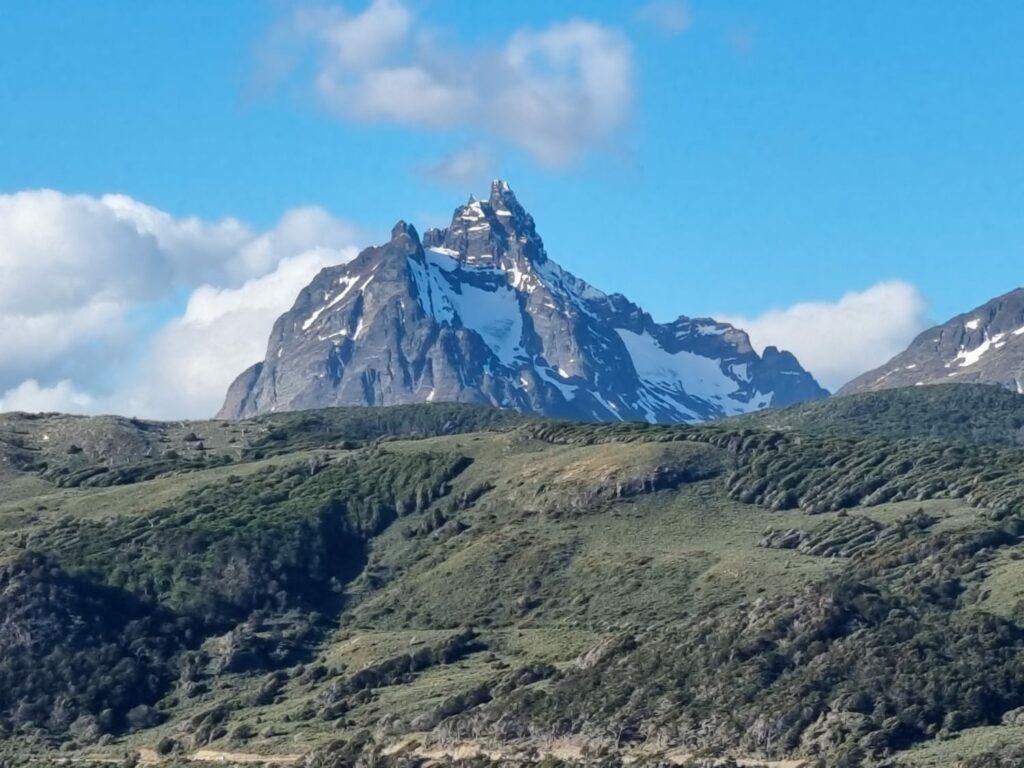
From Ushuaia, we first sailed through the Beagle Channel towards Cape Horn. The Drake Passage is usually quite turbulent. This is the current and windy strait between the southern tip of South America (Cape Horn) and the northern tip of the Antarctic Peninsula (Prime Head, northernmost point of the Trinity Peninsula). It connects the Atlantic Ocean, specifically the Scotia Sea, with the Pacific Ocean and is part of the Southern Ocean. We were lucky and it was relatively calm, so few seasick people. The first encounters with the Antarctic ice at the northern tip of the Antarctic Peninsula are always adrenaline-filled.
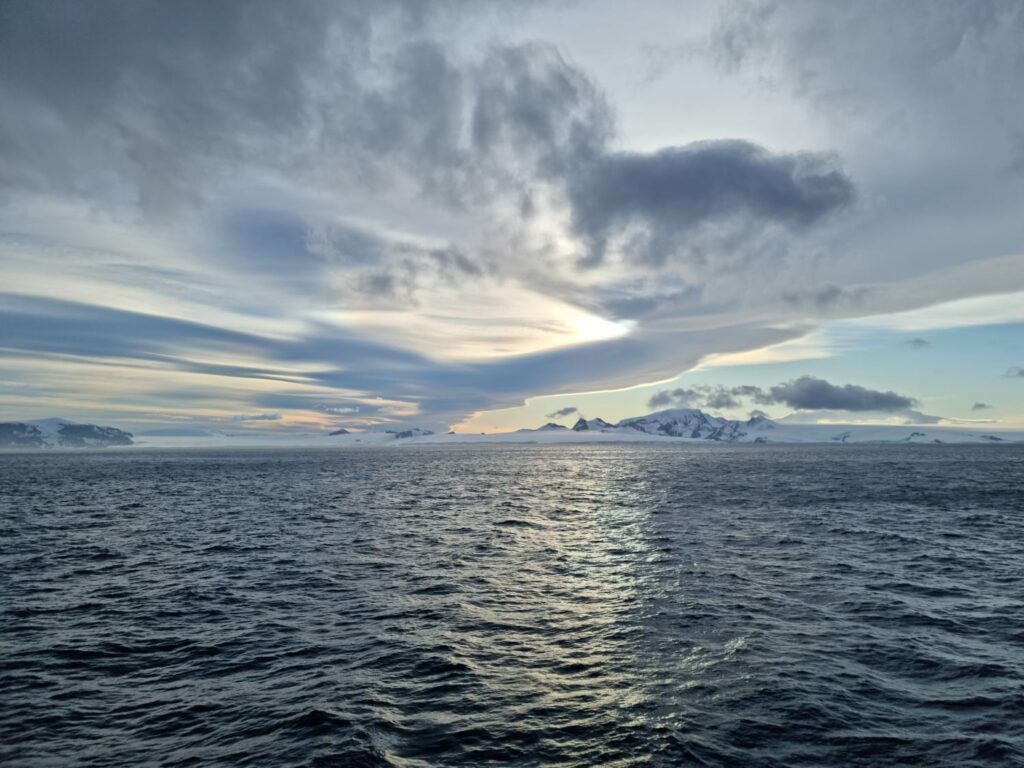
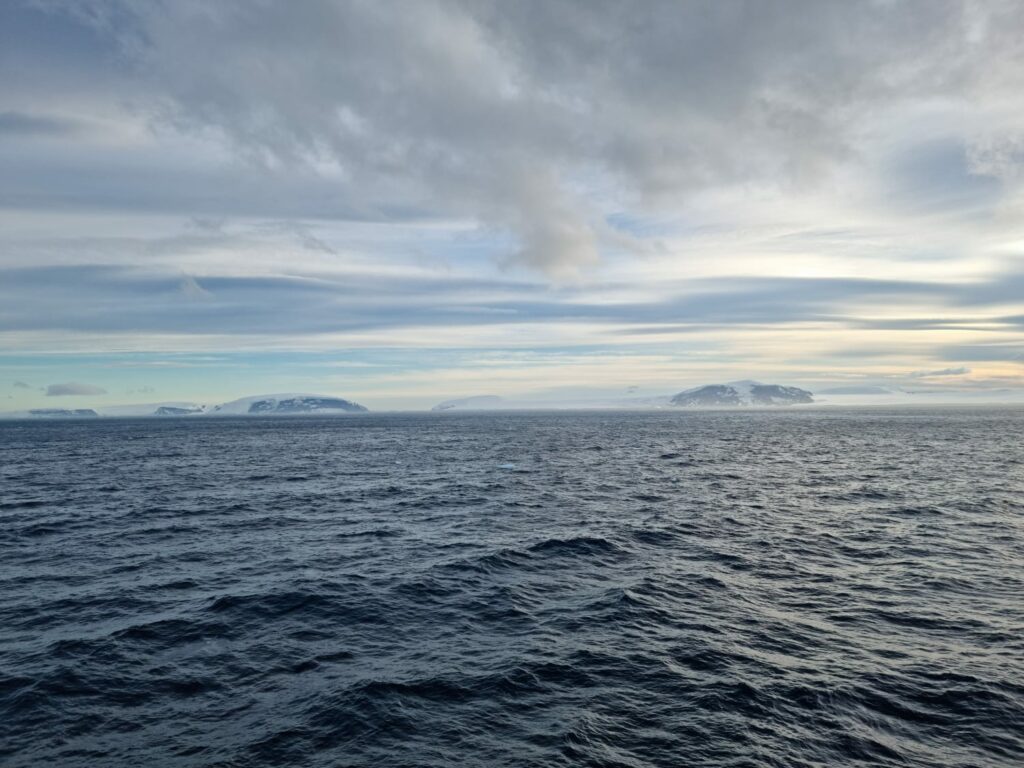
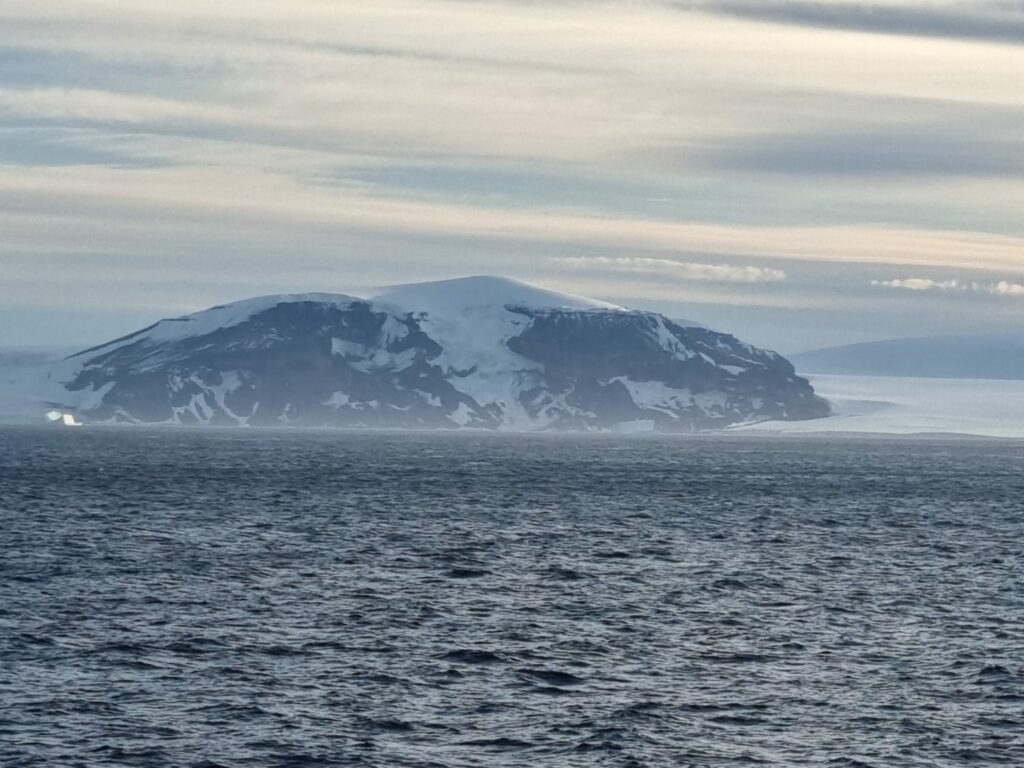
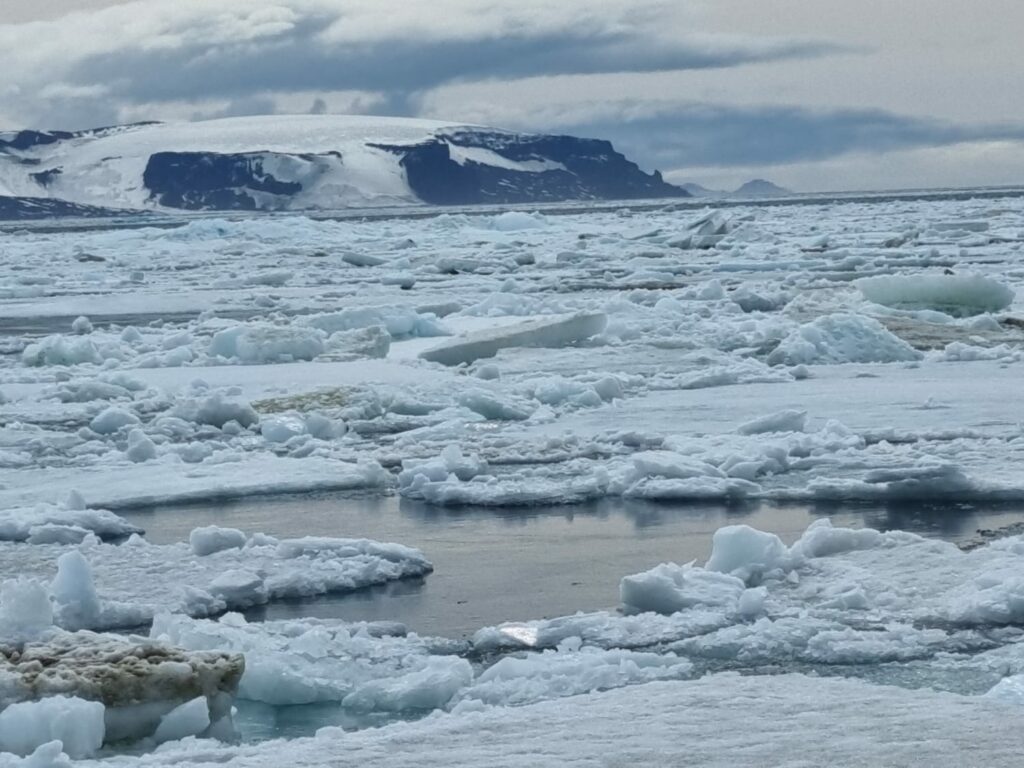
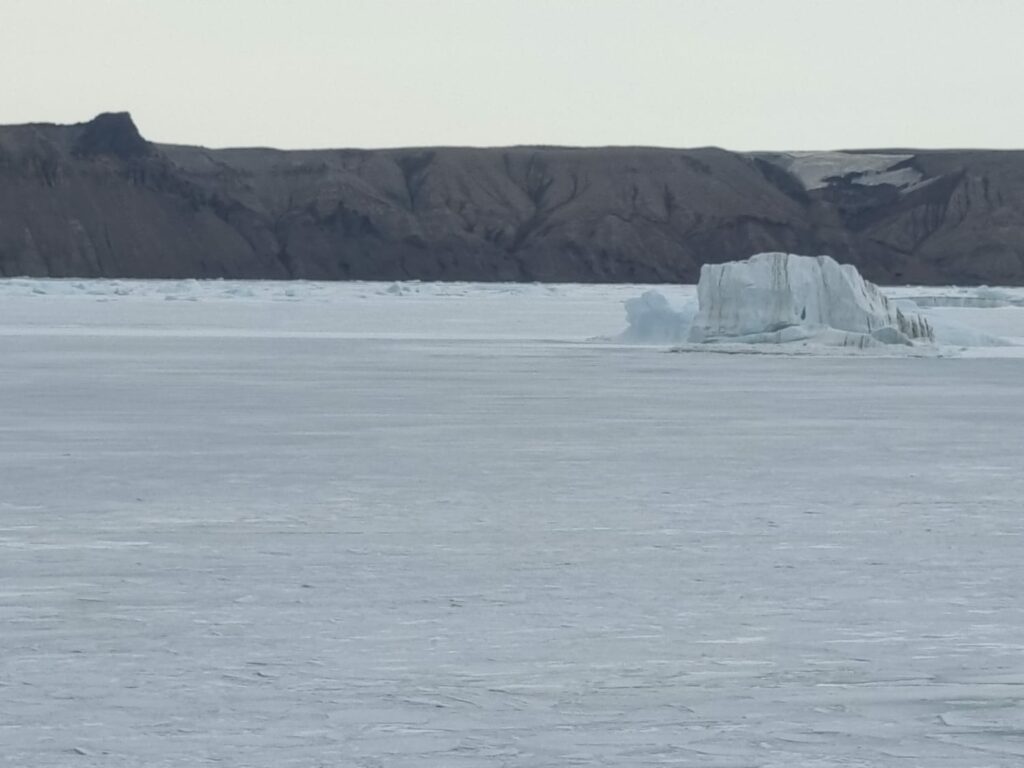
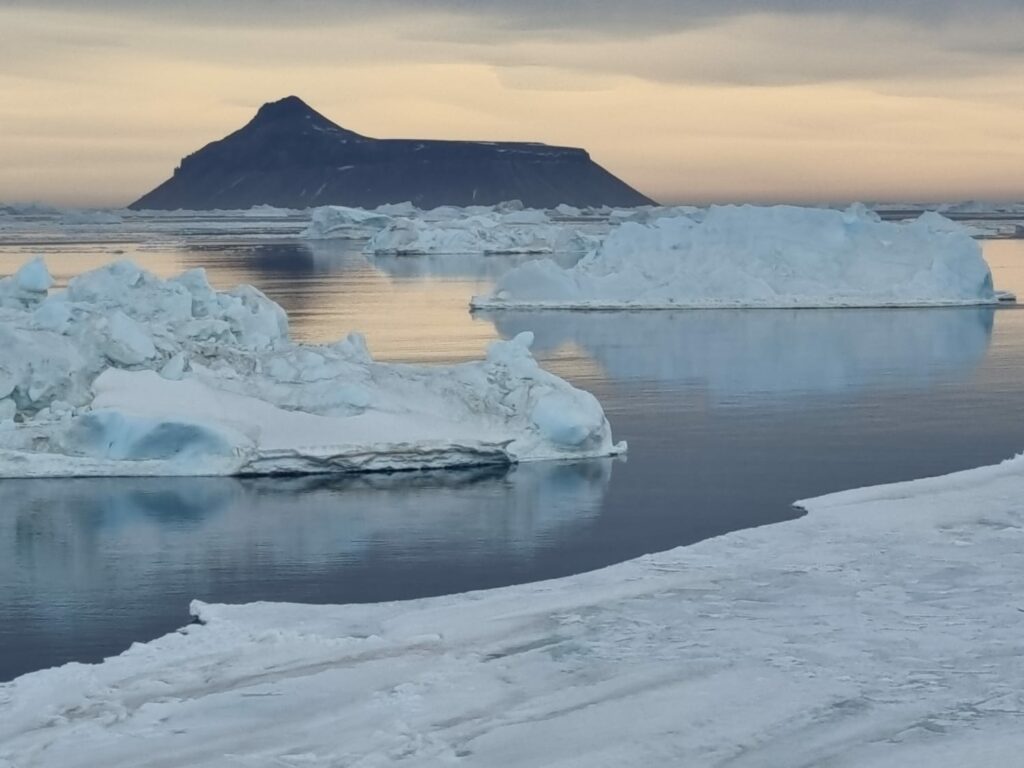
Shore leave in the Antarctic Islands, penguins and historic research stations: Every crew member who wants to or is supposed to leave the ship has to take a so-called IAATO assessment. This is an online course followed by an examination: https://iaato.org/. Guests have to undergo an appropriate instruction, the rules of which they have to follow. The appropriate personal safety equipment is fitted and tested beforehand. This includes knee-high rubber boots that can be disinfected. Before and after each time we leave the ship, we must carefully clean and disinfect our rubber boots to avoid contamination. The introduction of germs into Antarctica should be kept to a minimum. This is the biggest threat to wildlife there from tourism. In addition, bird flu, which can also be transmitted by humans, is currently rampant. Therefore, a five metre distance is the minimum that has to be kept, even if the animals approach you curiously, as they hardly know any shyness. At the ship, we board the robust Zodiac inflatable boats that take us ashore or to an island. Wet-landing is the normal exit there, i.e. we jump into the water with our rubber boots in shallow places. It is similar on the way back.
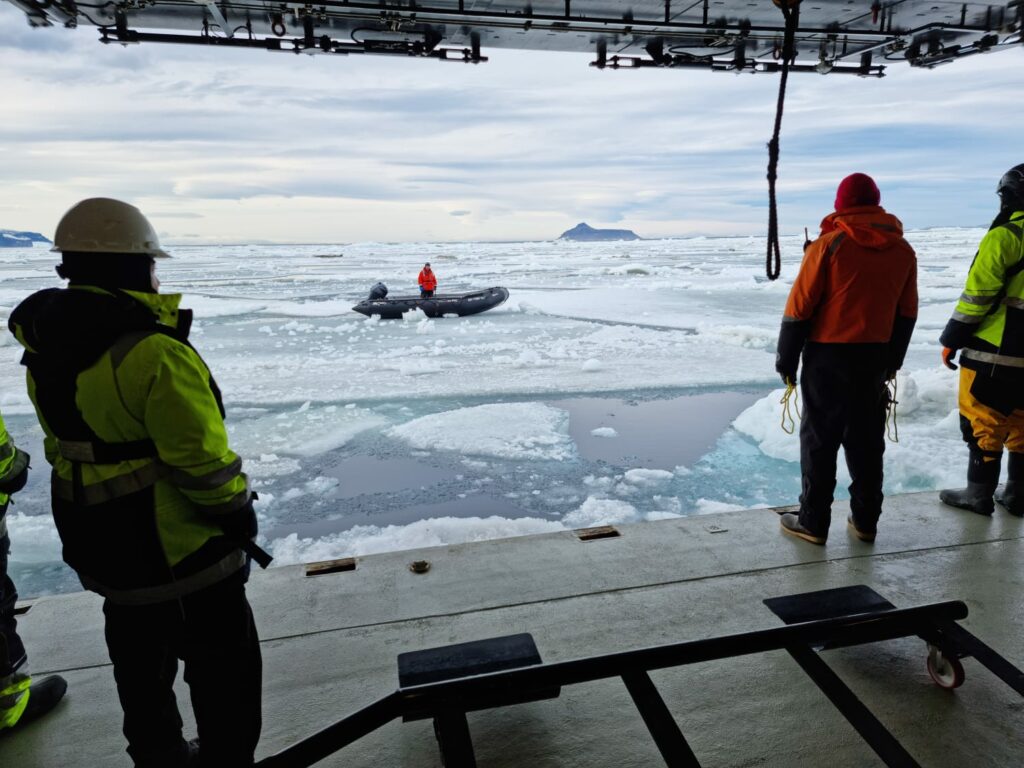
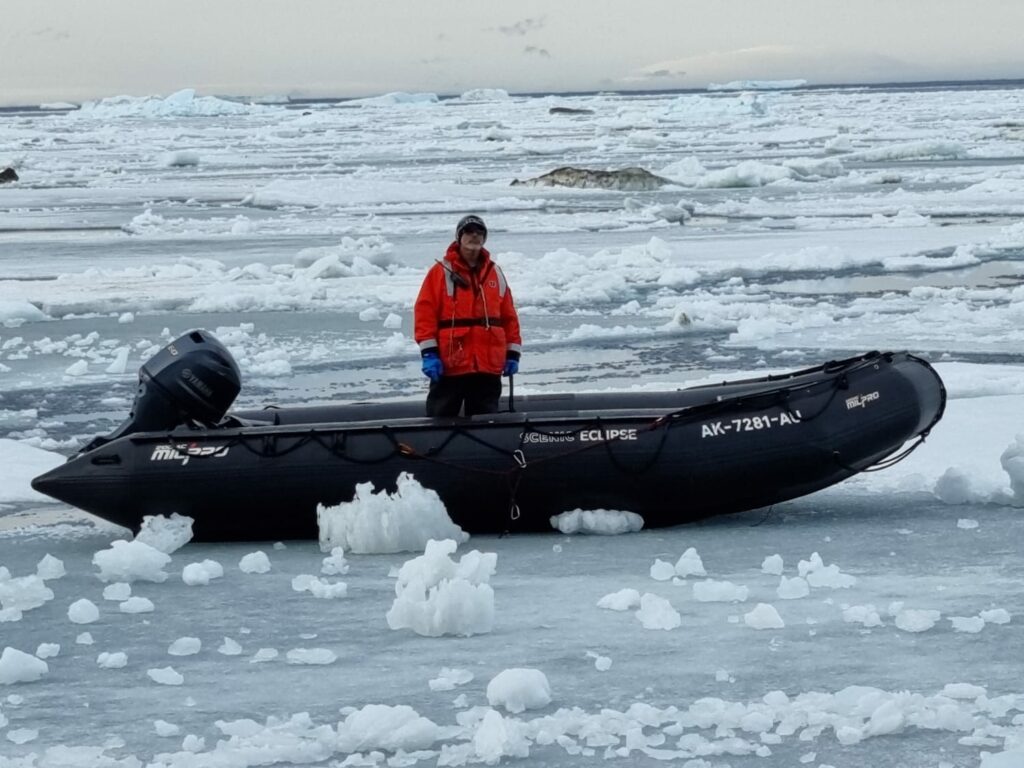

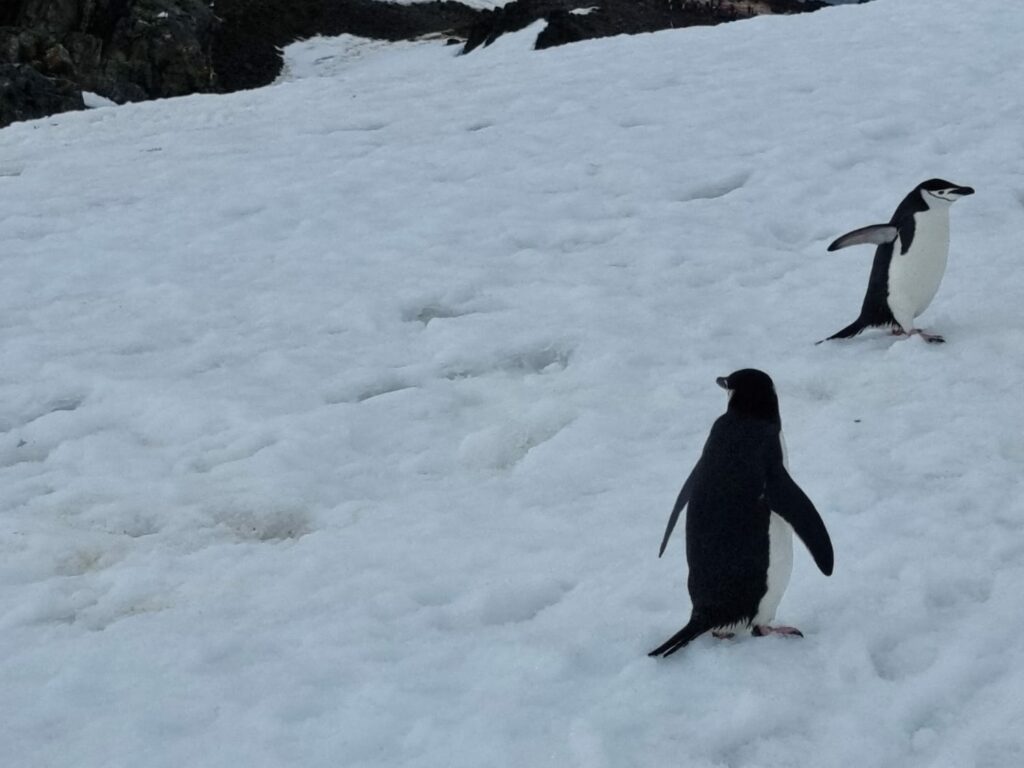

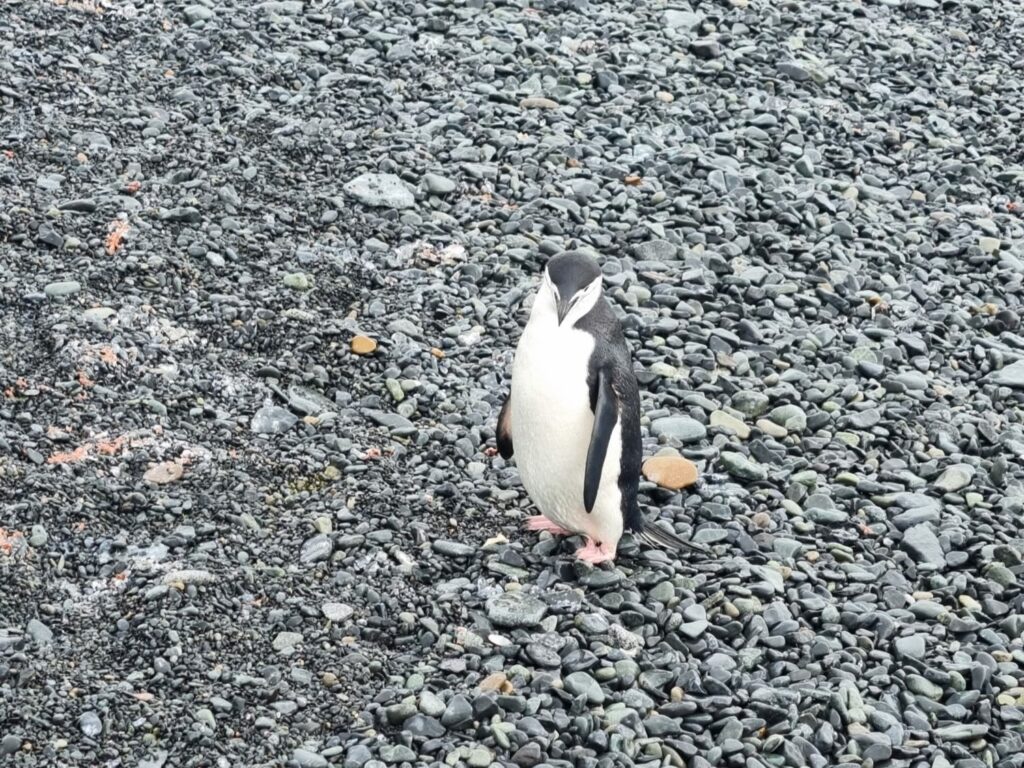
Due to the weather, Antarctic tourism only takes place in the summer. Then the midnight sun lights up the sky and bathes the icy landscape in a magical light
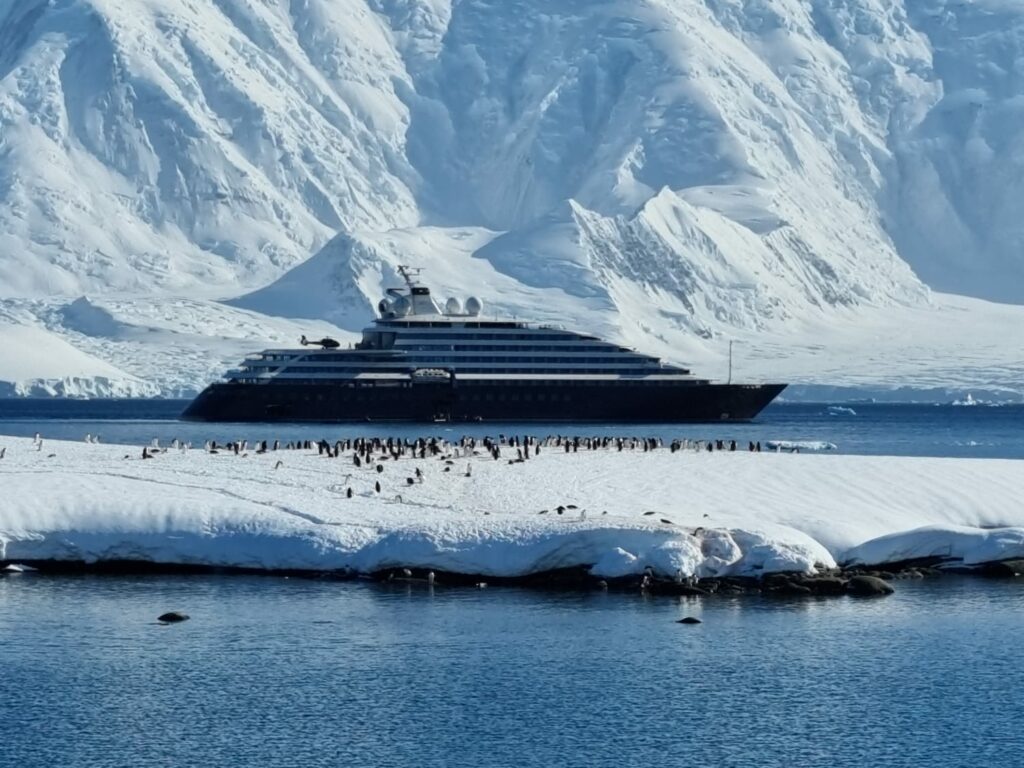

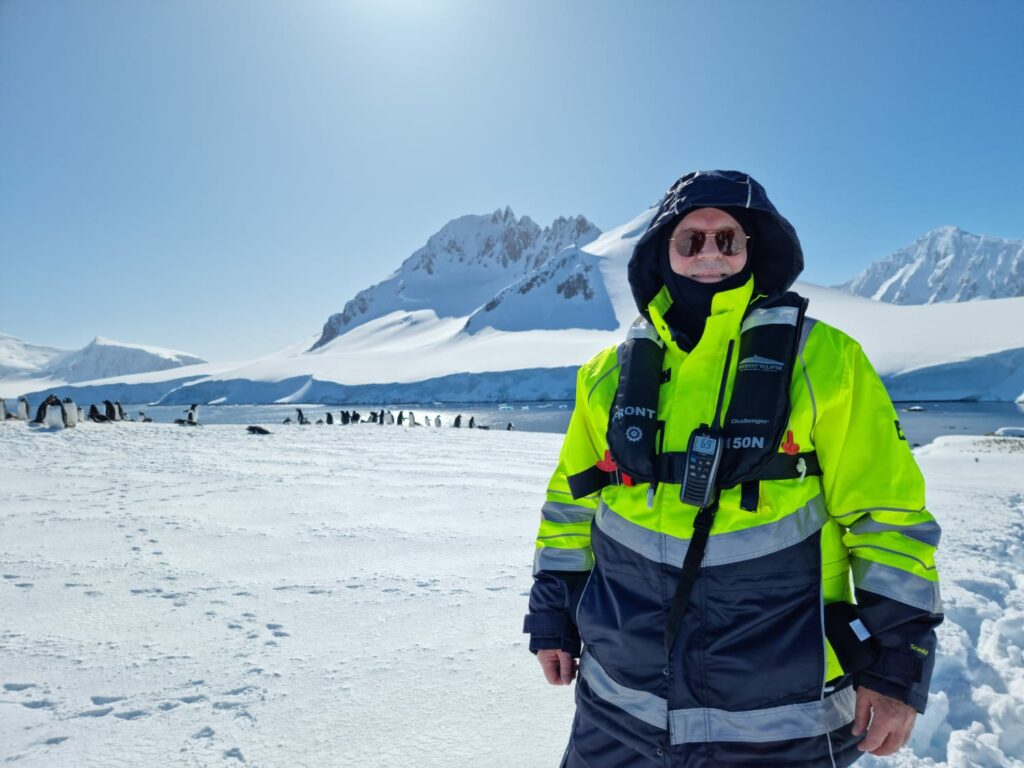
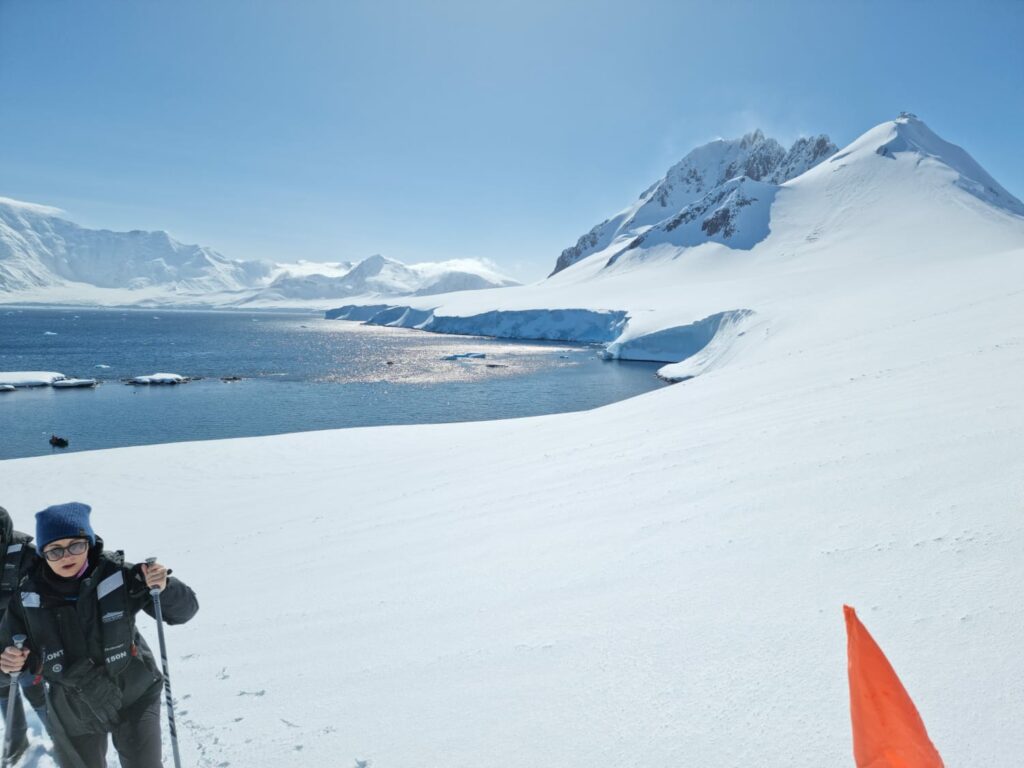
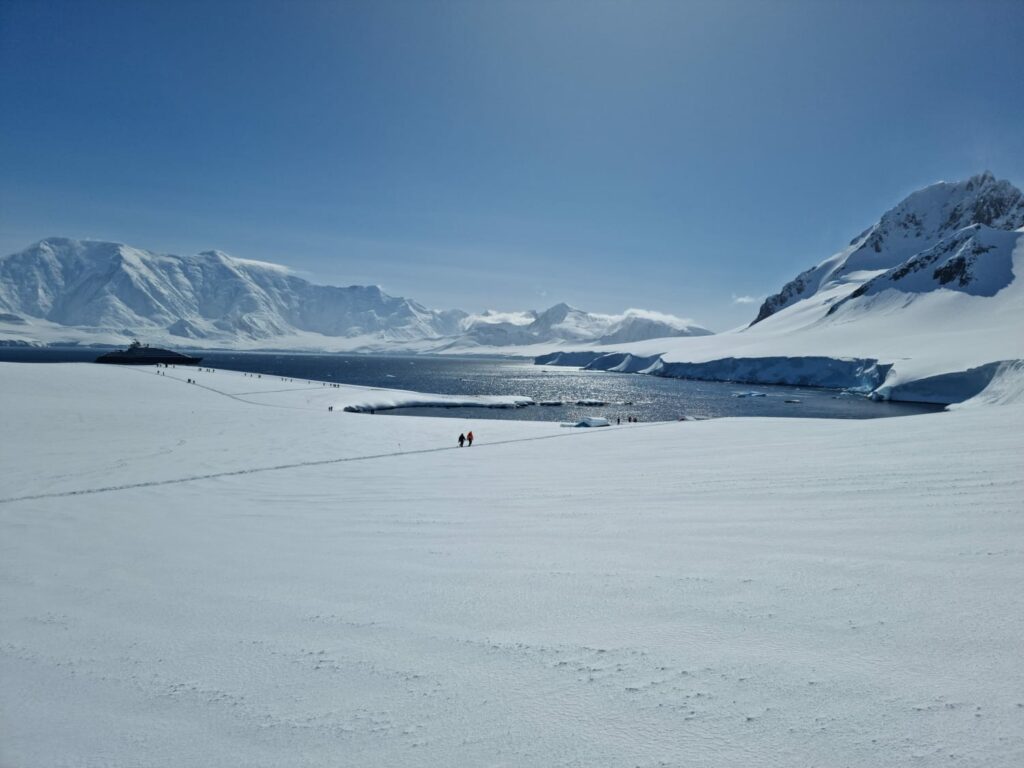
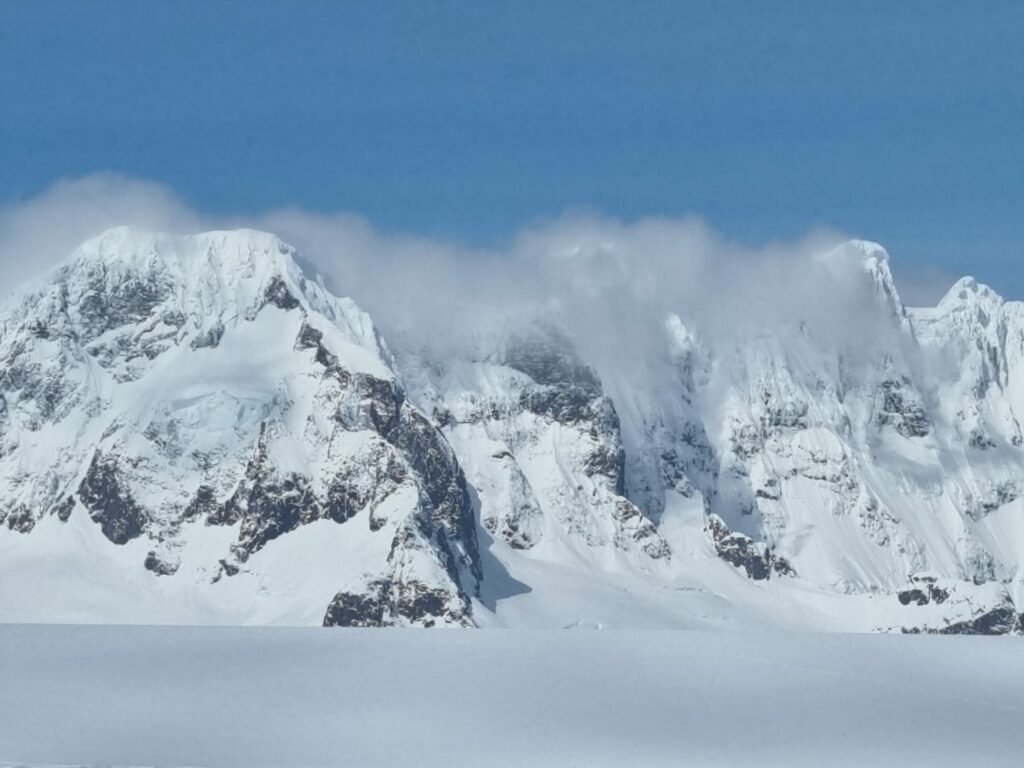
Impressions from the Argentine Research Station and the famous Polar Plunge – an ice-cold adventure. For sauna-goers – especially in the Finnish sauna – a similar experience.
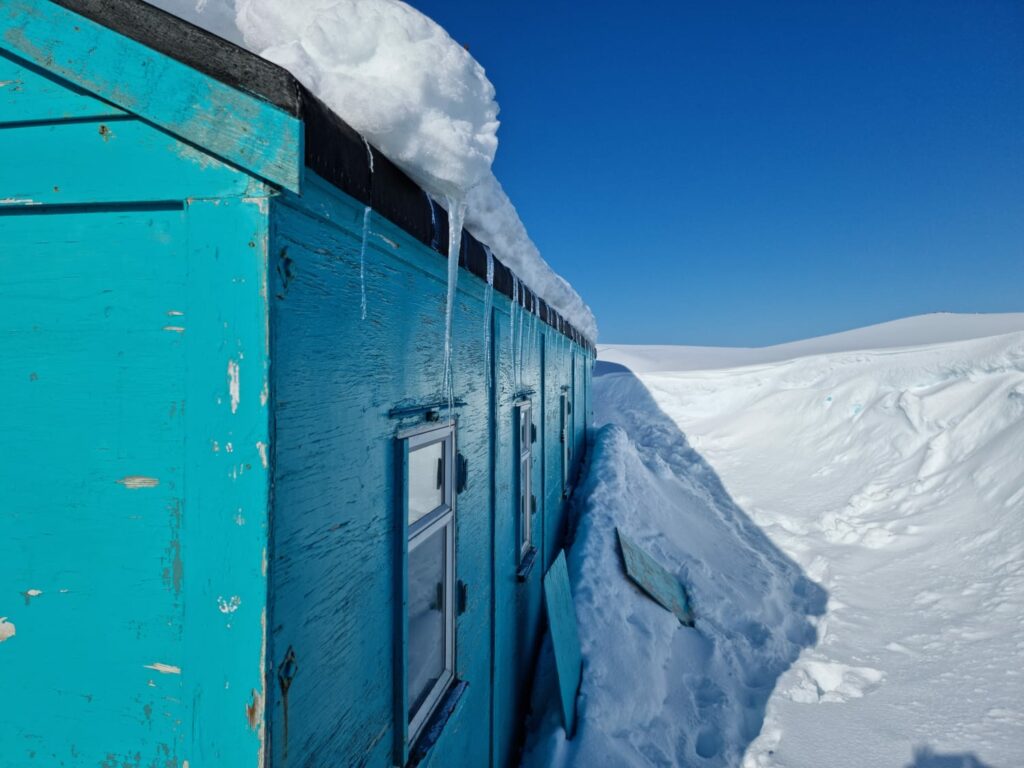
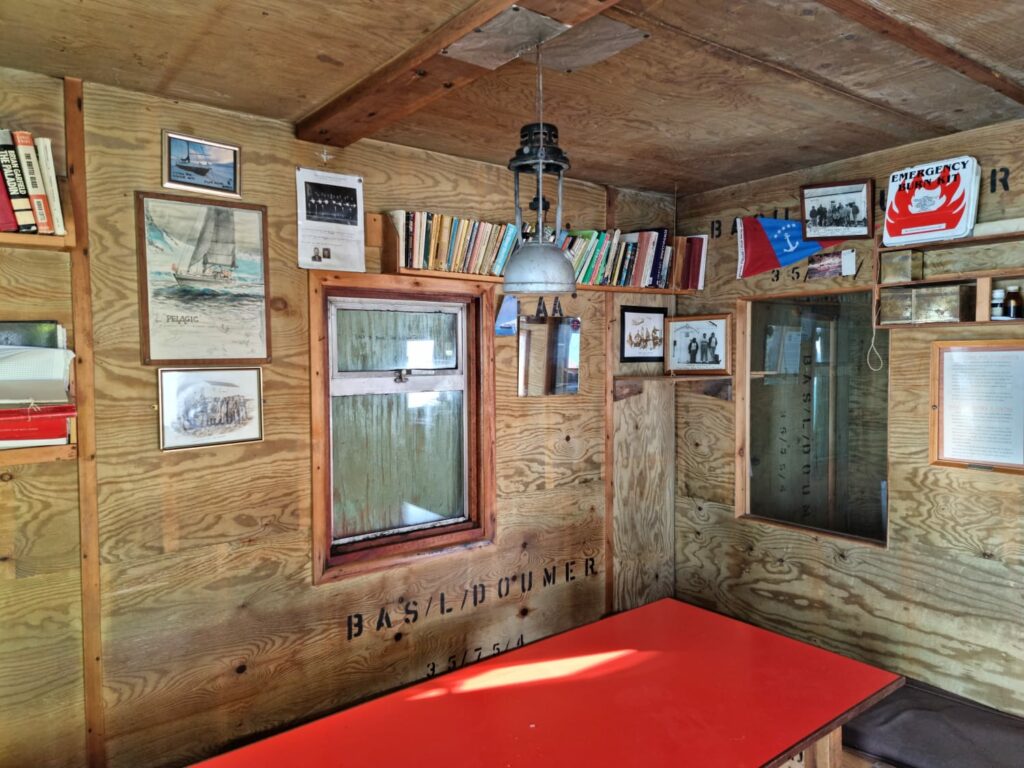
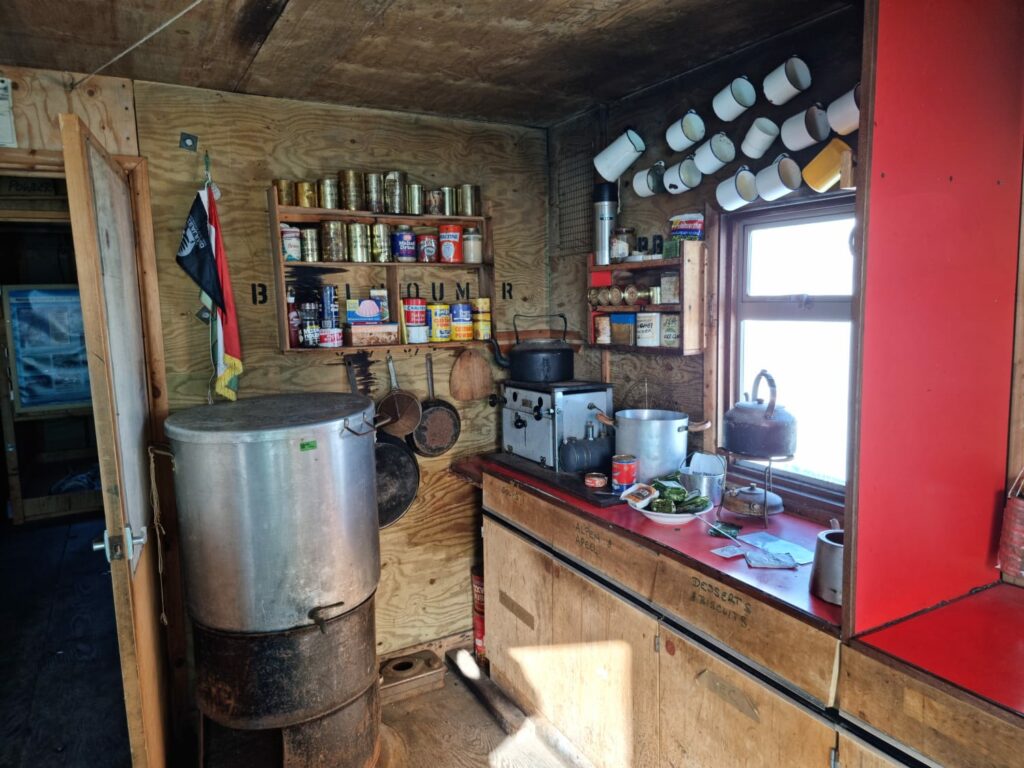
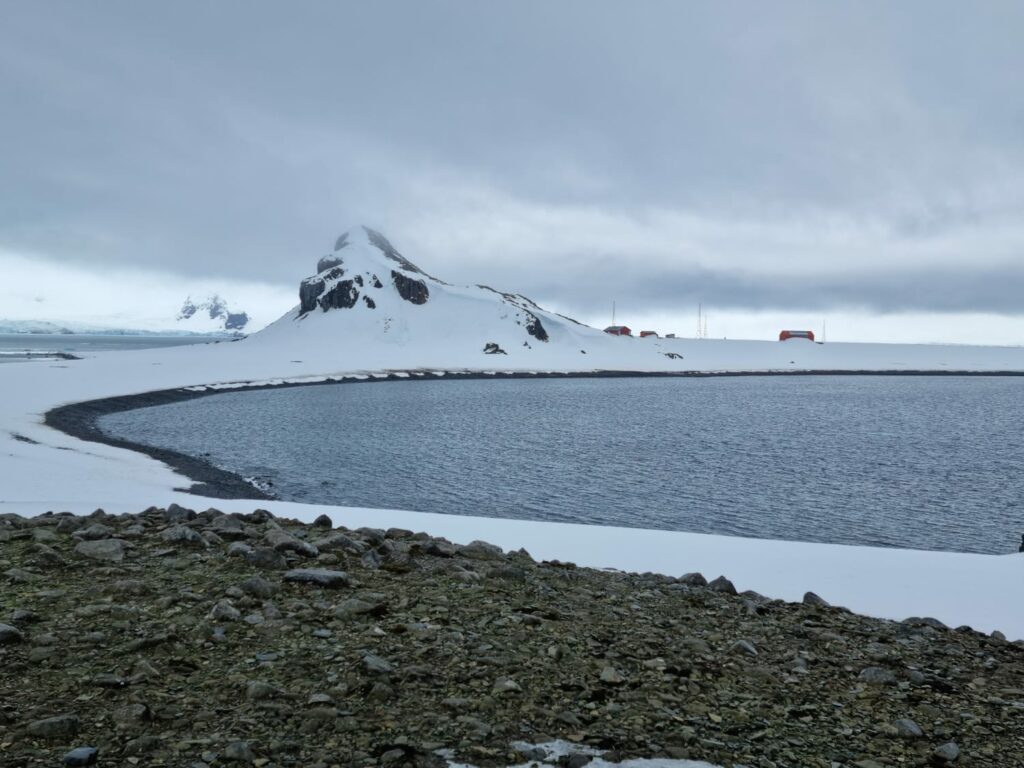

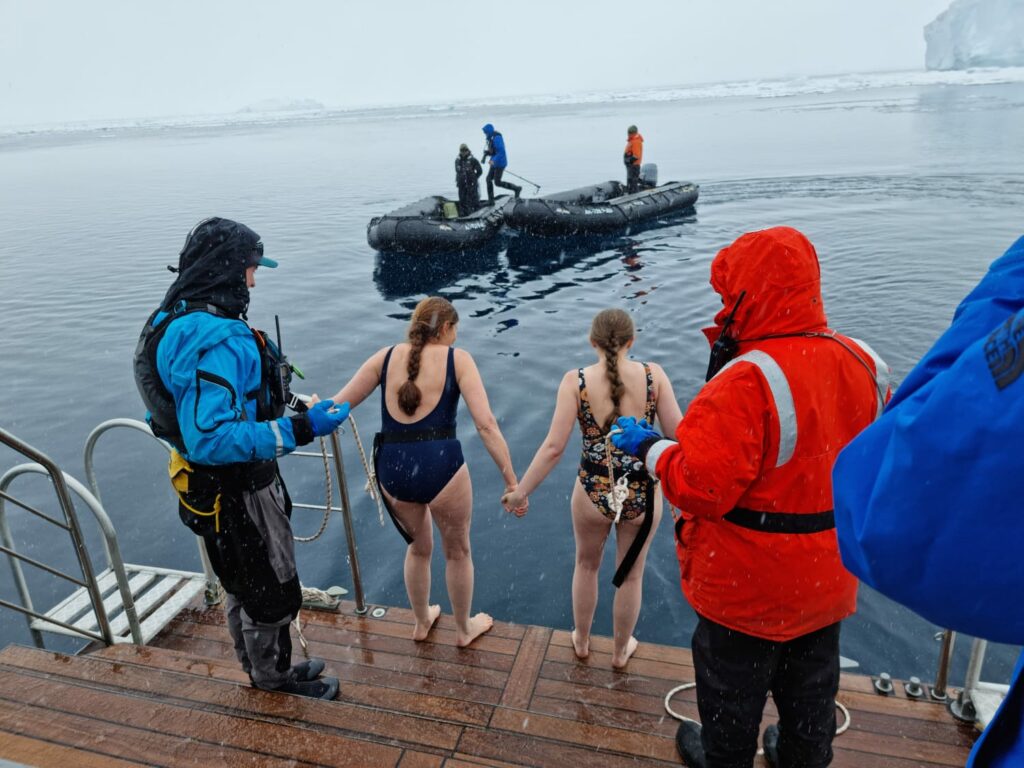
The return journey via the Drake Passage turned out to be a bit more restless than the outward journey. After arriving in Ushuaia, we spent one night there and took the opportunity to explore the city, including the nightlife. The next morning we continued our journey.
